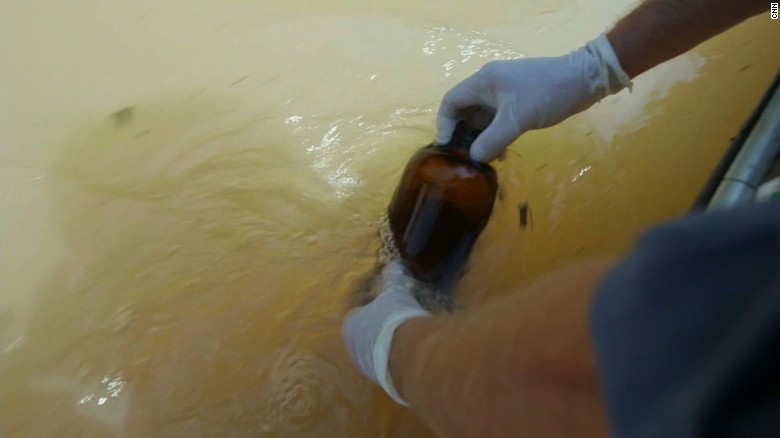

For one third to one sixth of the world’s population, primarily in Africa, the Middle East, and western Asia, 4,5 there may not be a good water source that can be reached, infrastructure to treat and deliver it, or enough water to meet rising demands. Outside the relatively water-secure parts of the United States, Europe and other fortunate locations around the world, potable water problems are often nearly intractable and often getting worse, especially in the already poor and underserved areas.

Many of them were angry, did not believe what we were telling them, and when they understood the data were afraid that they inevitably were going to contract cancer. I developed and implemented a risk communication protocol to explain to people who relied on their own wells that their potable water was contaminated and needed to be replaced. Indeed, monitoring data comparing ground and surface water supplies collected as early as the 1970s document the reality that contaminated water is more likely in rural areas than in cities because pollutants in rural aquifers move slowly and take longer to dilute than the same contamination in a river or lake. Balazs and Ray’s outstanding paper 3 underscored these issues among the rural poor in California’s San Joaquin Valley and provided provocative historical and social context for rural water environmental justice problems. Water supply problems are typically much less visible than many others.Įnvironmental justice issues with the water supply are not limited to our oldest, poorest, and resource-starved city neighborhoods. It is not surprising why water supply cases like Flint occur. Such urban neighborhoods typically have relatively high burdens of environmental deterioration that includes water and other infrastructure systems, public problems such as crime and physical blight, poor public education systems, and a limited tax base. Flint fits the pattern of poor living in many physically distressed neighborhoods.
#IN THE FLESH WATER UPGRADE#
In very tight budget times, decisions need to be made about what to upgrade with the primary goal of protecting human health and safety, not other priorities related to water supply.įlint’s population is relatively poor, with a large proportion of African Americans. 2 Not only must the status of water sources be monitored but also the conveyance, treatment, storage, and other system elements that influence the quantity and quality of water. With more than 150 000 public water systems in the United States dispensing about 85% of the freshwater supply, rethinking what constitutes critical infrastructure requires a major intellectual recalibration and fiscal challenge. Unless a new project is built or a pipe bursts, there is a good chance that we will not know that the infrastructure is failing because it has gradually deteriorated, sometimes not able to deliver water for firefighting.

Older cities such as Flint are undermined by badly deteriorated infrastructure. How ludicrous and sad it is that we have spent tens of billions of dollars to protect the public against terrorists and remove toxins from raw water before we push it through the system, only to find that the potable water is incompatible with the delivery system and is an equal or even worse threat than deliberate contamination and water pollution. Urban water systems were designed to deliver safe potable water. I am not criticizing the EPA not to think of water as a target for terrorists would be inexcusable, and so the fact that some reservoirs now resemble fortresses with armed guards is unfortunate but necessary.īut how did we get so distracted by homeland security concerns that we forgot about public health principles regarding water sources and infrastructure? Flint is a painful reminder of the fact that we need to insist on assessment of the risks associated with changing a water source. 2 But the national plan was formulated to address terrorism threats rather than to respond to a long-standing gradual deterioration of the guts of the critical fresh water systems. The national plan for water and wastewater, organized around risk assessment and management principles, is a good step forward. Water and wastewater are one of the 16 and are assigned to the US Environmental Protection Agency (EPA).

The US Presidential Policy Directive 21 (PPD-21) defines 16 critical infrastructure sectors. Critical infrastructure is a term used to identity public and private assets that are required for society and the economy to function.


 0 kommentar(er)
0 kommentar(er)
